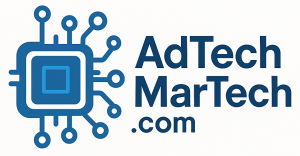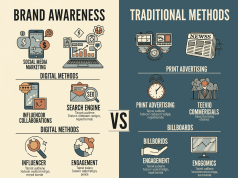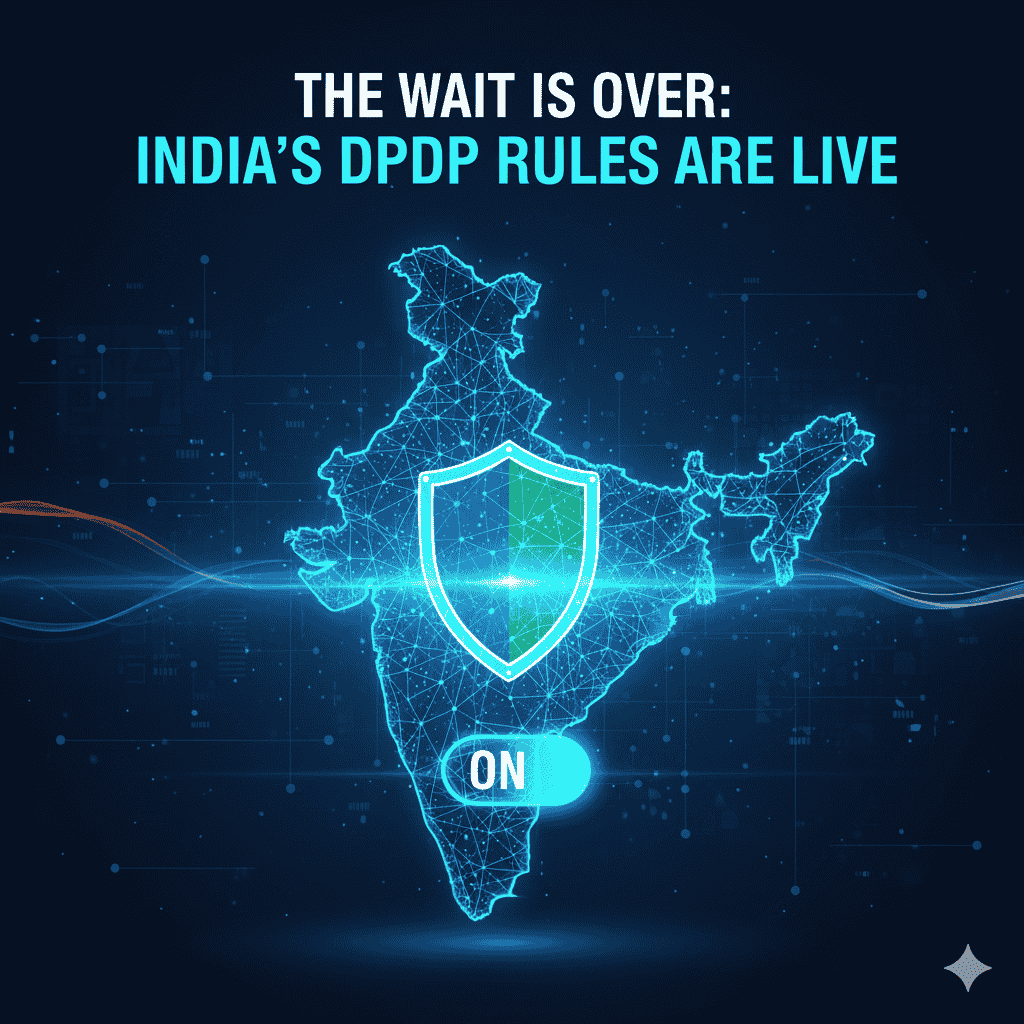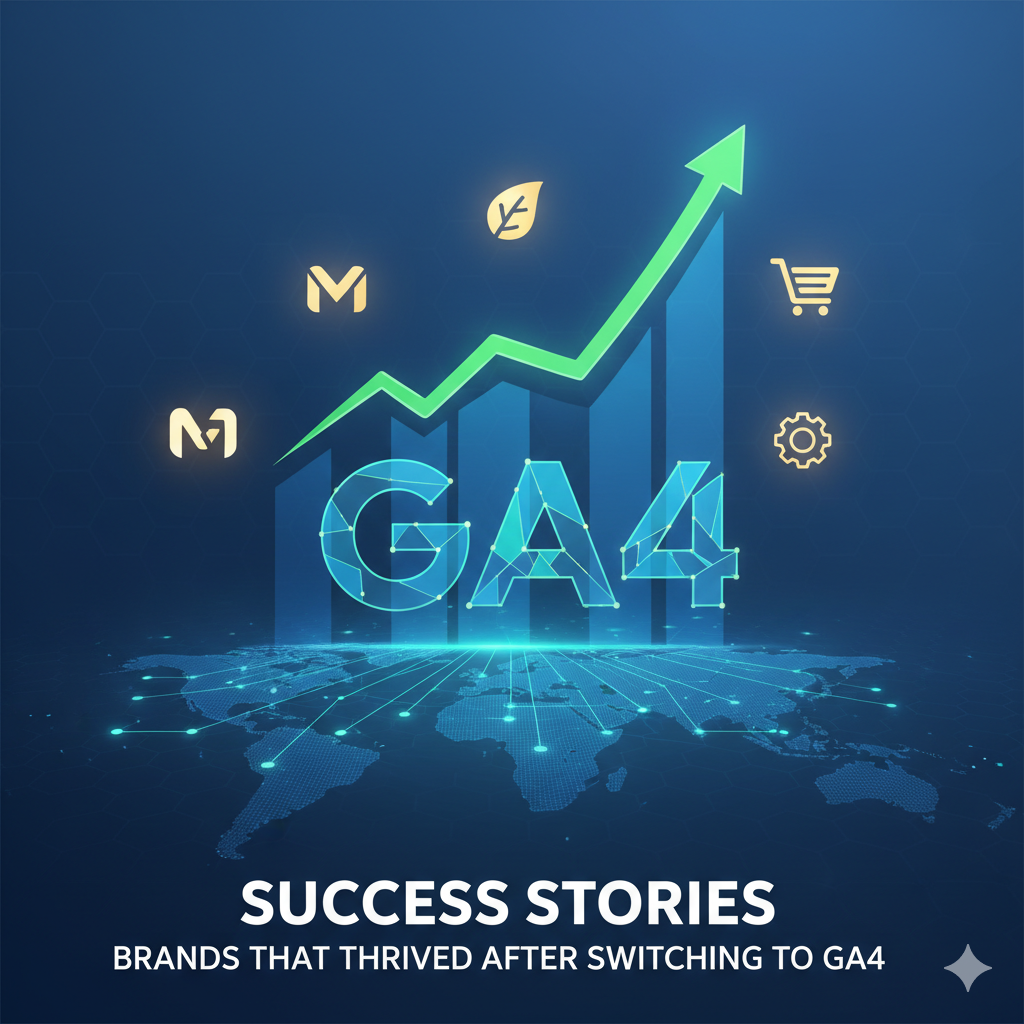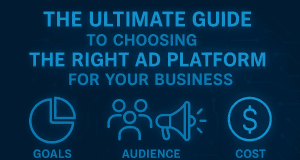The advertising landscape has undergone significant transformations over the past decade, but as we move closer to 2025, the advent of artificial intelligence (AI) and hyper-personalization is about to revolutionize the industry further. This article explores how these technologies are reshaping advertising strategies, improving customer experiences, and ultimately driving measurable results.
The Rise of AI in Advertising
AI has transitioned from a futuristic concept to a powerful tool in various sectors, with advertising being a key beneficiary. By harnessing the capabilities of machine learning, natural language processing, and data analytics, brands can optimize their marketing efforts in several ways:
1. Data-Driven Insights
AI can process and analyze vast amounts of data to identify consumer trends and preferences. This capability allows businesses to tailor their advertising strategies to specific audience segments based on real-time data. Advanced algorithms can identify patterns that human analysts might miss, enabling more effective targeting strategies.
2. Predictive Analytics
AI moves beyond historical data analysis to predict future consumer behavior. By forecasting trends and identifying potential consumer needs, brands can proactively create campaigns that resonate with their target audiences. This approach not only enhances relevance but also reduces wasted ad spend.
3. Automated Content Creation
AI is revolutionizing content creation through tools that can generate engaging copy, design visually appealing graphics, and even produce video content. Automated content creation tools enhance efficiency, allowing marketers to focus on strategic aspects of campaigns while AI handles the heavy lifting.
4. Real-Time Optimization
With AI, advertising campaigns can be adjusted in real-time. Whether it’s changing ad placements or modifying creative elements based on performance metrics, real-time optimization maximizes the impact of every dollar spent. This agility is particularly valuable in digital advertising, where market dynamics can shift rapidly.
The Power of Personalization
As consumers become more sophisticated, generic advertising loses its allure. Enter personalization—a practice that tailors messages and experiences to individual preferences, behaviors, and demographics. As 2025 approaches, the importance of hyper-personalization will be paramount.
1. Enhanced User Experience
Personalized advertising creates a more engaging user experience. By delivering relevant content at the right time and channel, brands can foster deeper connections with consumers. This not only boosts customer satisfaction but also enhances brand loyalty.
2. Behavioral Targeting
Combining AI with behavioral data allows advertisers to serve the right ads to the right people. By analyzing user interactions across various platforms, brands can create targeted campaigns that resonate with specific audience segments. This level of targeting improves conversion rates and maximizes ROI.
3. Dynamic Ad Creatives
Personalization has progressed to dynamic ad creatives that adapt in real-time. For example, based on user behavior, a brand might showcase different products or messages that align with an individual’s interests. This adaptability ensures that consumers view content that feels tailor-made for them.
4. Privacy and Ethics Considerations
With personalization comes the challenge of privacy. As regulations surrounding data usage tighten, brands must navigate these waters carefully. In 2025, transparency and ethical data practices will be critical in maintaining consumer trust while leveraging personalized advertising strategies.
The Future of Advertising
Looking ahead, the interplay between AI and personalization will redefine advertising’s future. As technology continues to evolve, we can expect:
Greater Integration of Voice and Visual Search: With voice-activated devices and visual search capabilities on the rise, advertisers will need to adapt their strategies to capture attention in these emerging formats.
AR and VR Experiences: The integration of augmented reality (AR) and virtual reality (VR) in advertising will become more prevalent, providing immersive brand experiences that promote deeper engagement.
AI-Powered Analytics: Enhanced analytics will allow brands to measure not just impressions but also emotional engagement and brand sentiment, leading to more holistic evaluations of campaign effectiveness.
- Collaboration and Co-Creation: Brands will increasingly collaborate with consumers to create campaigns and content that resonate on a personal level, blurring the lines between consumers and creators.
Conclusion
As we approach 2025, the convergence of AI and personalization is undoubtedly reshaping the advertising landscape. Brands that effectively harness these technologies will not only enhance their advertising strategies but will also foster deeper connections with consumers. In this new era, the focus will shift from merely selling products to building lasting relationships based on genuine understanding and engagement. Adapting to these changes is not just an opportunity; it’s a necessity for success in the future of advertising.
